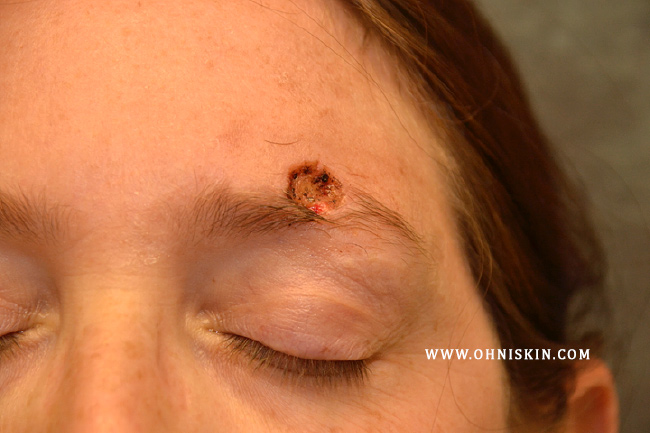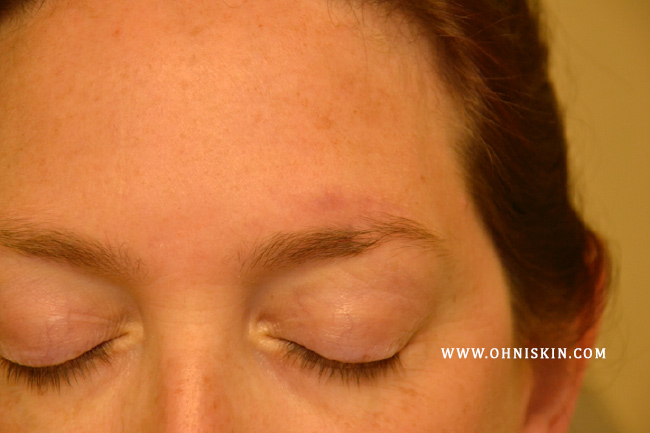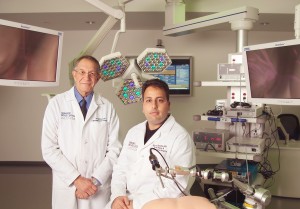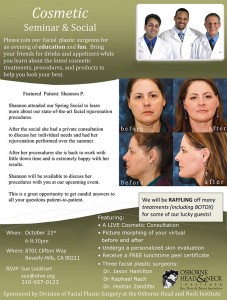- Folded Ear in Newborns: Treatment Options - April 11, 2018
- Newborn Ear Deformity: What Can Be Done? - April 11, 2018
- Ear Molding: An Overview - November 2, 2017
- Otoplasty for Protruding Ears - September 26, 2017
- Basal Cell Carcinoma: Facial Reconstruction Timing - September 26, 2017
- Clinical Considerations of Mohs Reconstruction of Cheek Defect - September 26, 2017
- Basal Cell Carcinoma: Nasal Bridge Reconstruction - September 26, 2017
- Skin Cancers Involving the Eyebrow: Clinical Considerations - October 3, 2016
- Treatment of Multiple Skin Cancer Lesions - June 1, 2016
- Skin Cancer: Nasal Reconstruction and Scar Management - June 1, 2016
- Hereditary Hemorrhagic Telangiectasia - May 25, 2016
- Hereditary Hemorrhagic Telangiectasia: Septal Perforation and Nose Bleeds - May 23, 2016
- Hereditary Hemorrhagic Telangiectasia: Epistaxis and Septal Perforation - May 18, 2016
- Wegener’s Granulomatosis: Autoimmune Disease and Multi-Focal Septal Perforation - May 9, 2016
- Kyle Korver: Facial Injury and Nasal Fracture - March 24, 2015
- Russell Westbrook: Facial Injury and Surgery - March 5, 2015
- Mega-perforation: Pushing the Limits of Septal Perforation Repair - November 26, 2014
- Septoplasty Complication and Septal Perforation - November 24, 2014
- Nose Picking (Rhinotillexis) and Septal Perforations: Why I should stop picking my nose…? - November 24, 2014
- Nasal Fractures, Septal Hematoma, and Septal Perforation: Simultaneous Rhinoplasty and Septal Perforation Repair - October 1, 2014
Case presentation
A female patient in her 40s presented with a lesion of the left eyebrow that had been increasing in size for several months. A biopsy of the lesion was positive for basal cell carcinoma. She underwent Mohs excision of the lesion with a resulting defect. The defect was 1.5 cm by 1.5 cm in size and involved part of the hair-bearing region of her eyebrow. The patient presented to Dr. Zandifar for reconstruction of this defect. The reconstruction was done using local rotational flaps and 3 months after reconstruction the eyebrow has healed with minimal scarring and little to no loss of her eyebrow.


Skin Cancer overview
Basal cell and squamous cell carcinomas of the skin are grouped together as non-melanoma skin cancers (NMSC). They are the most common types of cancers that occur worldwide. Of these NMSC, nearly 85% are encountered in the head and neck region. Reconstruction of the ensuing defects in the head and neck is associated with many challenges. Several structures in the head and neck have both cosmetic and functional considerations that need to be addressed. The lips, for example, should be reconstructed in a way that allows for eating and swallowing. The areas of the head and neck that are covered with hair have their own special consideration. Damage to hair cells during removal and reconstruction can result in areas of baldness.
Clinical Consideration of the Eyebrow Region
The area of the forehead and specifically the eyebrows poses a unique challenge for reconstruction. First, because the eyebrows are paired, asymmetry is highly visible in this region. Second, elevation of the eyebrow can mean elevation of the eyelid and in extreme cases can lead to incomplete closure of the eyelid. Finally, if careful attention is not paid during reconstruction, hair loss can ensue. In order to address these concerns, several specific techniques are used during reconstruction of an eyebrow. For example:
- Careful tissue handling can minimize damage to hair cells.
- Specially designed flaps can be used to reconstruct these defects preventing any elevation of the eyebrow and asymmetry in this region.
- In the event that hair loss does occur, hair transplant techniques can be used to regrow hair in the region.


For more information about skin cancer and reconstruction, visit: http://www.ohniskin.com



